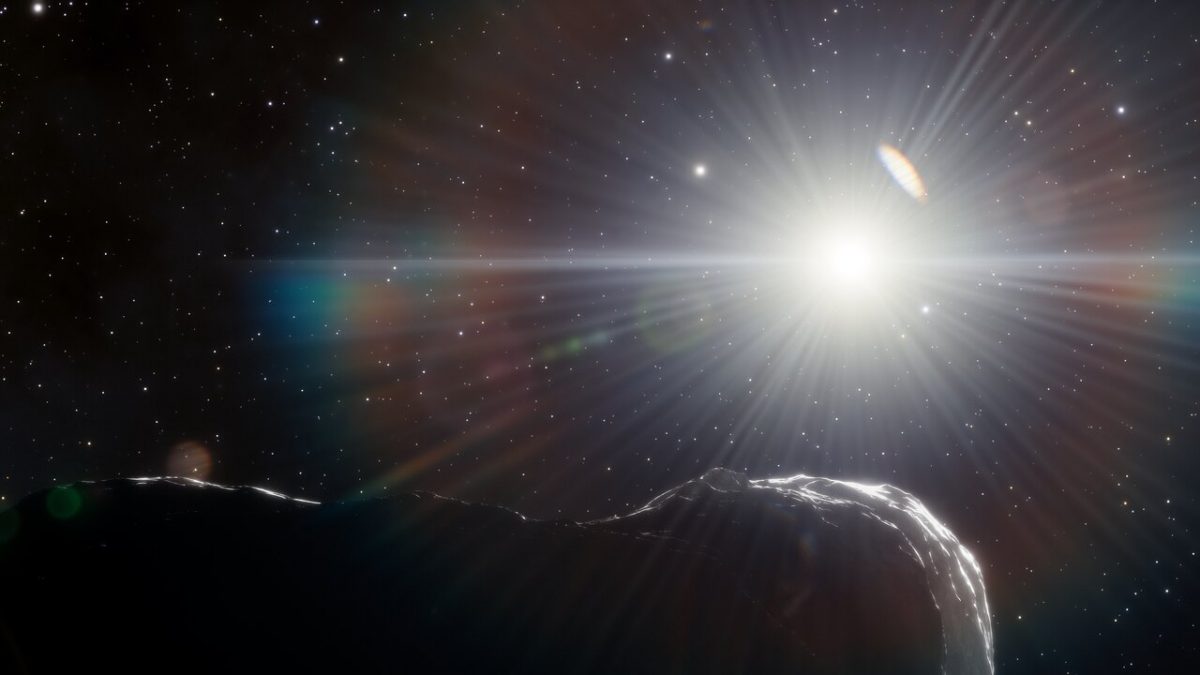NASA successfully Deflects asteroid Dimorphos with a Crash Test

Over the past weekend, I indicated that NASA is monitoring an asteroid that may hit Earth in 2046. You may recall that I wondered if anyone is actually doing something to make sure we can prevent that from happening. Well, it seems I may have found some evidence that someone is, namely, NASA. During a recent study on the results from an asteroid crash test in September last year, they successfully deflected one called Dimorphos.
The original report was accepted in February 2023 and published on March 1. It explains how they crashed into asteroid Dmiorphos, which is considered a moonlet to a bigger asteroid Didymos. Don’t worry; it took place 11 mil kilometers from our planet, so there was no concern of it affecting us.
The whole purpose of the mission was to see if we could divert the asteroid away from a possible collision with Earth. After the impact, a nearby satellite observed that the mission was successful, causing the object to change direction. Not only that, it changes in size and shape, with some debris blowing off and following it on its new orbit.
Now, here’s the fascinating part if you’re into fun space facts like me. Dimorphos is now classified as an active asteroid after the impact. So, an active one refers to an asteroid that has a small trail of dust that’s similar to a comet. Thanks to this test, scientists believe they’re correct about their previous assumption that the material floating behind these active asteroids is evidence of previous impacts or collisions.
Of course, the larger picture is that NASA has shown that they can divert an asteroid away if need be. Sure, the asteroid is apparently traveling faster, not from the impact but from the resultant debris it released. Still, it’s comforting to know that we may not die on Valentine’s Day in 2046 anymore.